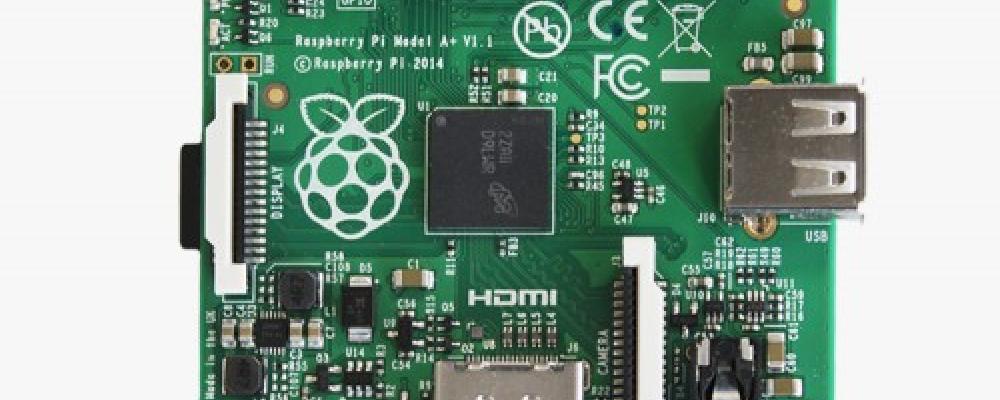
Raspberry Pi Update
Since my last blog about the Raspberry Pi in August, there have been a number of interesting new developments and the Raspberry Pi project has continued to move ahead.
As expected, the new Raspberry Pi Model A+ was released. With the Model A+, the Raspberry Pi Foundation has been able to achieve a price reduction over the $25 Model A, with a suggested retail price of only $20. Like the Model A, it has 256MB of RAM, 1 USB port and no built-in Ethernet. Like the model B+, it features a 3.5mm TRRS jack providing composite video and audio output, uses a MicroSD card for storage and has more GPIO pins (40) than the Model A and B. The reduced component count means that it is now smaller and power consumption is lower, taking about 1 Watt. By comparison, an original Model B takes about 3.5 Watts of power. Since a typical desktop computer uses about 65 to 250 Watts of power and even a laptop computer uses about 15 to 60 Watts, you can see that there is quite a dramatic difference in power consumption.
There is now a large ecosystem of add-on board and accessories for the Raspberry Pi platform. A look at just a few of the popular vendors, listed below, show hundreds of Raspberry Pi related products on the market:
One interesting new offering is the GertBot, a motor controller and power management board for driving motors and building robots.
Related to Qt, the Qt 5.4.0 release is expected to come out in early December. This release will include the Wayland platform plugin. The plugin should help Wayland support in Qt move forward, including on the Raspberry Pi where the next major version of the Raspberry Pi desktop, called Maynard, will use the Wayland compositor. Looking ahead, this should finally allow Qt 5 to be packaged and included in Raspberry Pi Linux distributions like Raspbian, which will accelerate the use of Qt as a software framework for developing Raspberry Pi applications.